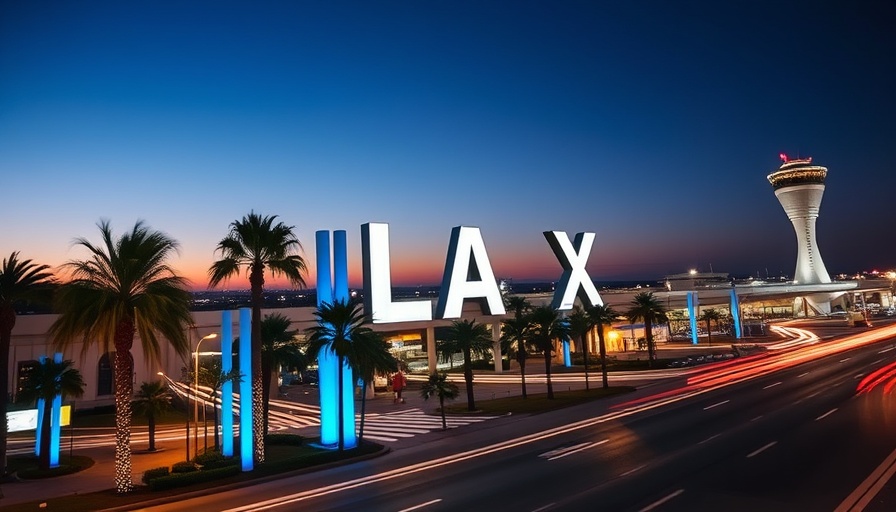
The Significance of the Iconic LAX Sign
The iconic sign of Los Angeles International Airport (LAX) has long been a hallmark of the Los Angeles experience, welcoming travelers arriving in the City of Angels. However, as our society evolves and adapts to new standards, this beloved symbol is slated for removal, stirring a mix of nostalgia and curiosity among residents and visitors alike.
Why is the LAX Sign Being Taken Down?
Authorities have announced that the removal of the LAX sign is part of a broader initiative focused on modernization and infrastructure improvement. Despite this move being prompted by the need to enhance airport facilities and address safety concerns, it has ignited conversations around preservation versus progress.
Additionally, this decision follows a widespread trend where cities are reevaluating historical structures. While keeping history is essential, urban planners and city officials recognize the necessity of innovation to support growing populations and changing cultural landscapes.
Historical Context and Background of the LAX Sign
The LAX sign was erected in 1961, becoming synonymous with the airport itself and a popular spot for travelers snapping pictures—symbolizing the allure of travel to countless visitors. Given its age, the sign's dated design contrasts sharply with the modernized architecture the airport aims to achieve through construction of new terminals and facilities.
Emotional Impact: Why This Change Matters
The removal of the LAX sign resonates deeply with many people, especially those who consider it part of the fabric of their travels. From family vacations to solo adventures, this ingrained icon has served as both a welcoming beacon and a backdrop for cherished memories. Its absence raises an emotional touchpoint for those who recognize how symbols can represent collective experiences and personal milestones, reinforcing the idea that while buildings and signs can change, the memories associated with them remain.
Parallel Example: Other Cities Modernizing Iconic Landmarks
Los Angeles is not alone in its quest to modernize city landmarks. Cities worldwide frequently engage in similar actions, from New York’s Times Square revamp to Chicago’s modernization of the Willis Tower (formerly Sears Tower). These changes highlight the tension between preserving cultural heritage and advancing toward contemporary urban needs.
Future Predictions: What’s Next for LAX?
As LAX embarks on this journey of transformation, travelers can expect a completely redesigned airport experience that prioritizes efficiency and passenger comfort. With technological advancements, including biometric screening and smart security measures, the future of air travel looks promising.
Anticipatory designs will address increased foot traffic, integrating health and wellness features that many frequent travelers seek, such as lounges emphasizing relaxation, greener food choices, and dynamic spaces for social interaction.
What You Can Do: Staying Engaged with Local Changes
For residents and frequent travelers, staying informed about changes at LAX is crucial. By actively engaging in local discussions—such as community forums—individuals can voice their opinions on urban development and influence decisions shaping their surroundings. Embracing new changes while honoring past symbols can foster a sense of community resilience.
Conclusion: A Call to Embrace Change
The upcoming removal of the LAX sign is more than just the loss of an iconic structure; it symbolizes a pivotal moment of evolution for not only the airport but for Southern California as a whole. While it is easy to mourn the loss of our historical symbols, we must also look forward—to new opportunities that change brings. Embracing change allows for growth which could ultimately lead to a more vibrant and dynamic environment.
As we navigate these transitions, let’s remember the value of both innovation and tradition, ensuring that we continue to cherish the experiences that shape who we are as Individuals while welcoming the future.
 Add Row
Add Row  Add
Add 




Write A Comment